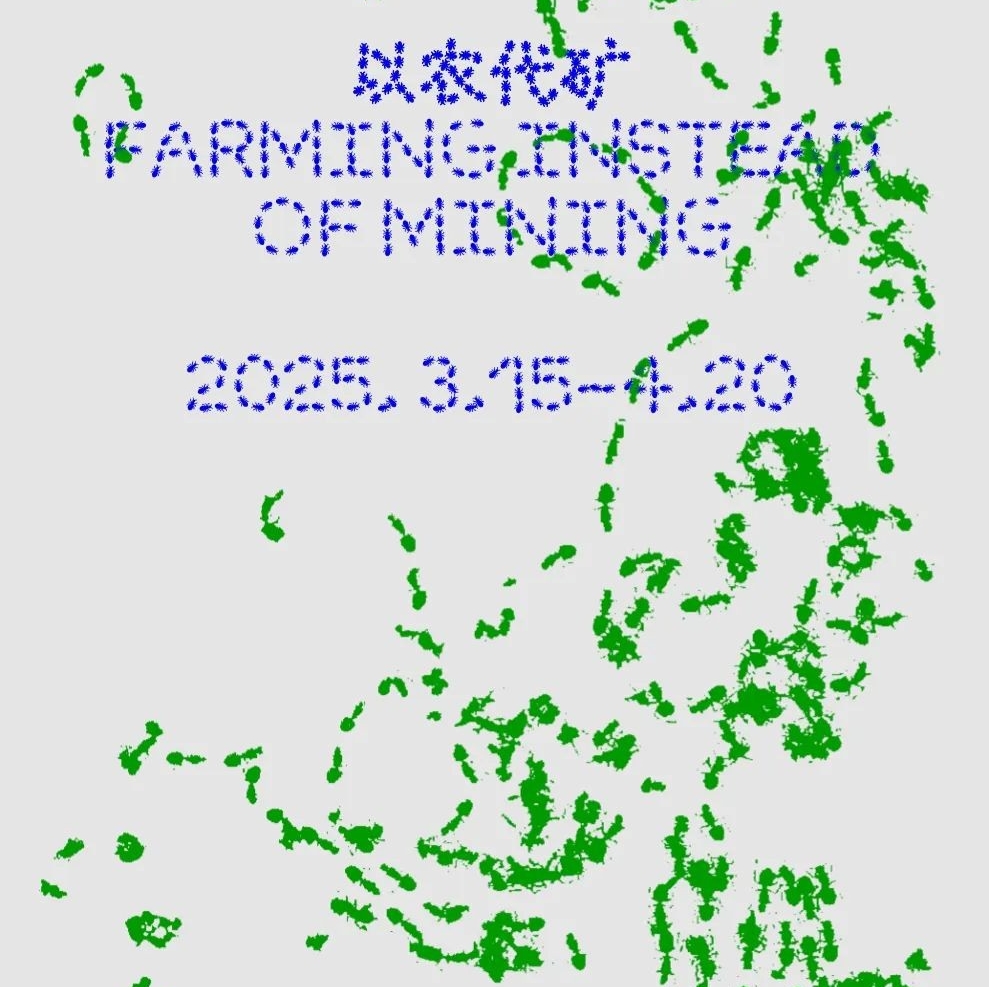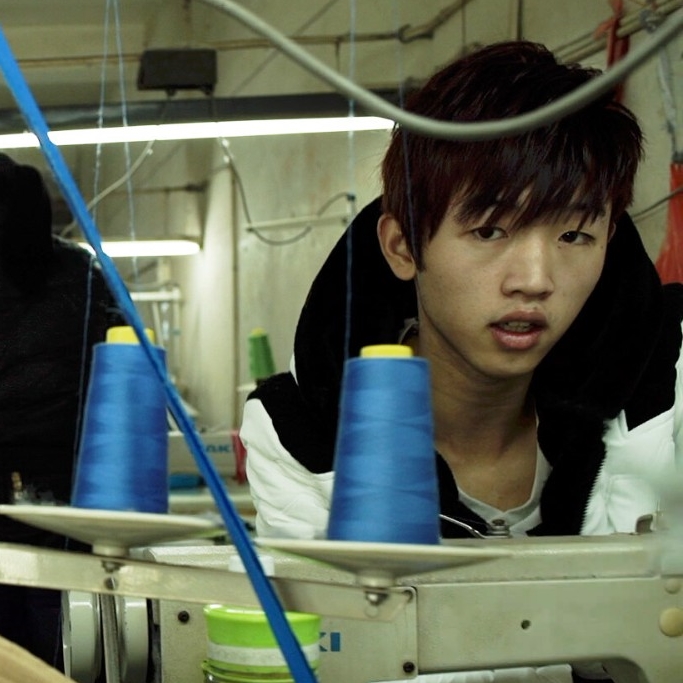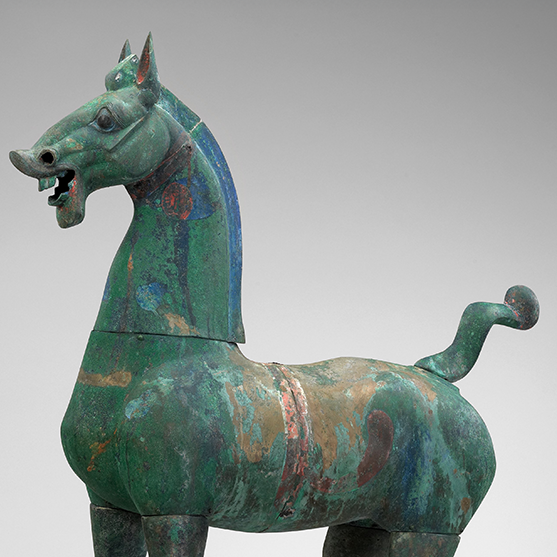
Exhibition View
“The recluse lives in the green mountains, where should I ever find his trails!” This is the painter’s self-inscription at the end of Qing Dynasty landscape painting in the collection of the Central Academy of Fine Arts (Imitating Wang Meng’s Landscape Painting by Zhu Angzhi). Between the mountains and valleys and in the bamboo forest, a thatched pavilion is hidden within them, and a scholar sits on the mat, looking at the mountain and meditating in silence.
 A Guided Tour Online for the Audience
A Guided Tour Online for the Audience Exhibition View
Exhibition View
In ancient Chinese landscape paintings, apart from the magnificent landscape surrounded by clouds and smoke, it is common to see such staff like figures dispersed in the painting. They may travel far across the waves, watch the mountains and waterfalls, herd under the trees, play chess among the clouds, or boil tea for a rest, which seems to evidence the painter’s improvisational strokes but also results in a finishing touch, making the static picture appear alive with the figures’ movements and eyes. Is the person in the painting real or imaginary? What kind of feelings does the scene in the painting imply? How to form a reflection and intertext between humans and the scenery? How do you relate to today’s viewers? These questions are exactly the new perspectives that this exhibition attempts to provide to the public for appreciating landscape paintings: it starts from the presence and viewing of “people” as they re-enter landscape painting, observed and connected to the narrative common qualities of ancient landscape painting and figure painting in different times, allowing the viewer to re-understand the symbiotic relationship between humans and nature in traditional Chinese cultural thoughts through the figures in the scenery and the scenery interacting with the figures.
 Exhibition View
Exhibition View The Landscape Setting for the Exhibition
The Landscape Setting for the Exhibition
In fact, Chinese civilization has always advocated the theory that man is an integral part of nature, and that the law of nature governs all things. The Book of Changes says, “learn about the changes of the season by studying natural phenomena and foster social development by studying human phenomena”; and Zhuang Zi states, “co-exist with heaven and earth, and unite with everything”. The conception of nature and the universe that man and nature co-exist in harmony has always been running through our cultural thoughts. On the one hand, the ancients followed the law of nature and seasonal regularity, keeping in good health through relating to nature. On the other hand, they paid attention to what they thought about and felt about the scenery and natural environment, and through encounters with scenery and literary activities, they gained an internal comprehension of nature, or expressed their feelings using scenery as a metaphor.
 Shen Zhou, A Residence Between Clouds and Waters, Ink and color on paper, 1503, 164×33cm, Collection of CAFAM
Shen Zhou, A Residence Between Clouds and Waters, Ink and color on paper, 1503, 164×33cm, Collection of CAFAM

Lan Ying, White Clouds and Mangrove, Ink and color on silk, 1659, 162x86cm, Collection of CAFAM
Based on what was mentioned above, this exhibition takes the wisdom and ideal of co-existence between ancient people and nature as the starting point, and from three angels of “Sceneries of Four Seasons” “Exquisite Imagery” and “Harmony Between Humans and Nature”, it shows people’s lives following the law of the four seasons, the natural ecology full of cultural feelings, and the carefree life that expressed emotions through scenery. By looking for the movements of the figures in the painting, observing and bringing in activities of the figures in the scenery, today’s viewers can understand what is conveyed, expressed and thought in ancient paintings, and relax as if they were visiting these mountains and rivers in person. The exhibition selects more than 50 landscape and figure paintings of Yuan, Ming and Qing dynasties from CAFA’s collection, including classics such as Shen Zhou’s A Residence Between Clouds and Waters, Dai Jin’s Playing Chess Under the Pine, Lan Ying’s White Clouds and Mangrove, and Ren Bonian’s Conception in Autumn Forest, as well as less-exhibited featured works, such as Zhang Hong’s Landscape Album in Imitation of Ancient Masters, Mei Qing’s Landscapes, and Qian Huian’s Figure Story Album.
 Zhang Hong, Landscape Album in Imitation of Ancient Masters, 1637, Ink and color on silk, Collection of CAFAM
Zhang Hong, Landscape Album in Imitation of Ancient Masters, 1637, Ink and color on silk, Collection of CAFAM Mei Qing, Landscapes, Ink on paper, Qing dynasty, 51x31cm, Collection of CAFAM
Mei Qing, Landscapes, Ink on paper, Qing dynasty, 51x31cm, Collection of CAFAM
It is worth mentioning that understanding the characteristics of Chinese civilization, exploring the profound implications of Chinese traditional culture, and promoting the harmonious coexistence between humans and nature have become important requirements for Chinese-style modernization. “Human and nature” is a constant topic, and when thinking about the way of symbiosis between the two, looking back on the tradition is not to stand still and refuse to make progress, but to reinterpret and expand the connotation of the past view of man of nature. The exhibition examines ancient paintings and calligraphy with modern perspectives, integrates ancient philosophy with modern planning, and finds natural philosophy through the paintings, which may contribute to the dissemination of classic natural concepts and the inheritance of Chinese traditional culture.
About the Exhibition
Dates: 8 September–20 October, 2023
Venue: Gallery 2A, CAFA Art Museum
Image Courtesy of Exhibition View: Liu Xiyan
Courtesy of CAFA Art Museum, edied by Sue/CAFA ART INFO




























